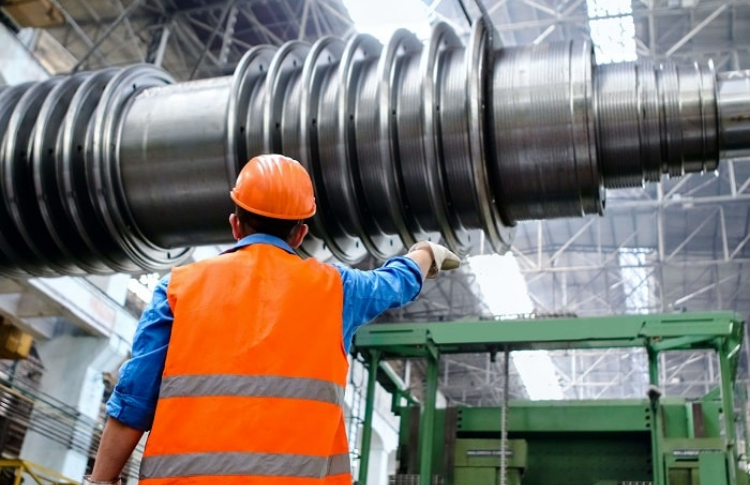Pressure sensors are incredibly versatile and have many uses, both personally and industrially. They can measure various variables, including water levels, speed, gas or liquid flow, altitude, and more. They are critical in many industrial applications, as without them, there would be no way to detect pressure changes that could end up having financial implications or pose safety risks.
Here are some of the ways that pressure sensors are used throughout different industries.
Jump Ahead To:
Leak testing
Leaks can cause considerable problems in just about every industry. Whether your equipment has an oil leak or your liquid product is leaking, leaks are never good. Pressure sensors can identify even the smallest drop in pressure, which indicates that fluid or gas is escaping somewhere. Being able to locate leaks quickly helps to minimize the repercussions.
Energy conservation
All industries are becoming more aware of their environmental footprint and are taking steps to conserve energy in whatever ways they can. Energy conservation not only reduces the environmental impact, but also the costs associated with it. Pressure sensors are necessary to take measurements related to energy usage, such as identifying diesel truck emissions or testing wind energy systems.
Altitude sensing
Many industries send signals up into the sky. Regardless of whether it’s an airplane or a satellite, it’s essential to know the exact altitude to ensure proper function. Pressure sensors can identify the altitude based on the change in air pressure as it rises higher into the sky. These sensors are useful in airplanes, jets, helicopters, rockets, and satellites and weather balloons.
Manufacturing
The manufacturing industry is always using pressure sensors to monitor a variety of different systems and to ensure safe and effective production. Quality control is vital in successful manufacturing, and pressure sensors play an important role in that. One of the main ways they do so is by monitoring the function of equipment and detecting when maintenance is required. Instead of waiting for a piece of equipment to fully breakdown, you can fix the problem before it’s gone too far and help reduce manufacturing downtime.
Pressure sensors also contribute to the monitoring of compressed air pressure, filter pressure, duct airflow, pneumatic controls, gas detection, flow monitoring, and more.
Liquid level sensing
Pressure sensors can also monitor liquid levels in enclosed containers, which is highly crucial in industrial applications. Within an enclosed container, such as a tank, pressure sensors can detect fluid height based on the air pressure. As the liquid level rises, the air pressure becomes higher as it condenses. Monitoring liquid levels ensures that containers don’t overflow, and also that their levels don’t run too low. They are especially helpful for large-scale liquid monitoring, such as in water towers.
Pressure sensors have thousands of applications and uses throughout almost every industry that you can think of. They can track figures that humans can’t monitor on their own, providing a lot of critical information that can help industries save money, save resources, and ensure the safety of all staff.

